Pimento spice, also known as allspice, is a dried berry from the Pimenta dioica tree native to the Caribbean, Central America, and South America. Despite its name, it's not related to bell peppers or chili peppers. The term "allspice" comes from its flavor profile resembling a blend of cinnamon, nutmeg, and cloves. Often overlooked, this versatile spice adds warm, sweet, and peppery notes to dishes worldwide.
If you've ever wondered what gives that rich, slightly sweet warmth to your favorite Mediterranean dishes or Cuban mojitos, you've likely tasted pimento without realizing it. In this guide, we'll explore everything you need to know—from its history and flavor profile to expert cooking tips and health benefits.
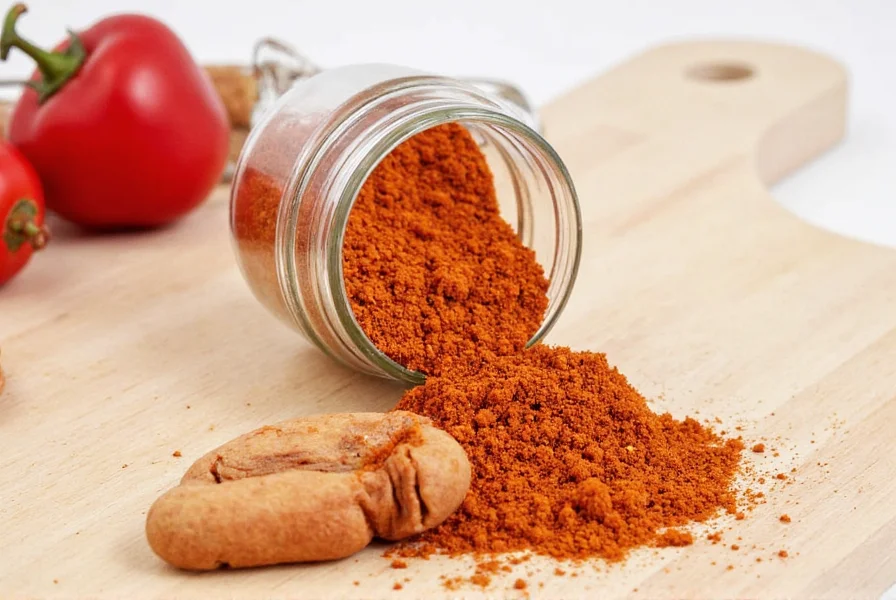
- What Is Pimento Spice?
- Flavor Profile & Comparison
- History of Pimento Spice
- 7 Practical Cooking Tips
- Buying Guide: Choosing Quality Pimento
- Proper Storage for Freshness
- Science-Backed Health Benefits
- Global Cuisines Using Pimento
- Common Myths Debunked
- Frequently Asked Questions
- Final Thoughts
What Is Pimento Spice?
Pimento (Pimenta dioica) is a spice made from dried berries of a tropical tree native to the Caribbean. Its name "allspice" reflects its complex flavor resembling cinnamon, nutmeg, and cloves combined. Despite "pimento" sounding like pepper, it's botanically unrelated to Capsicum peppers.
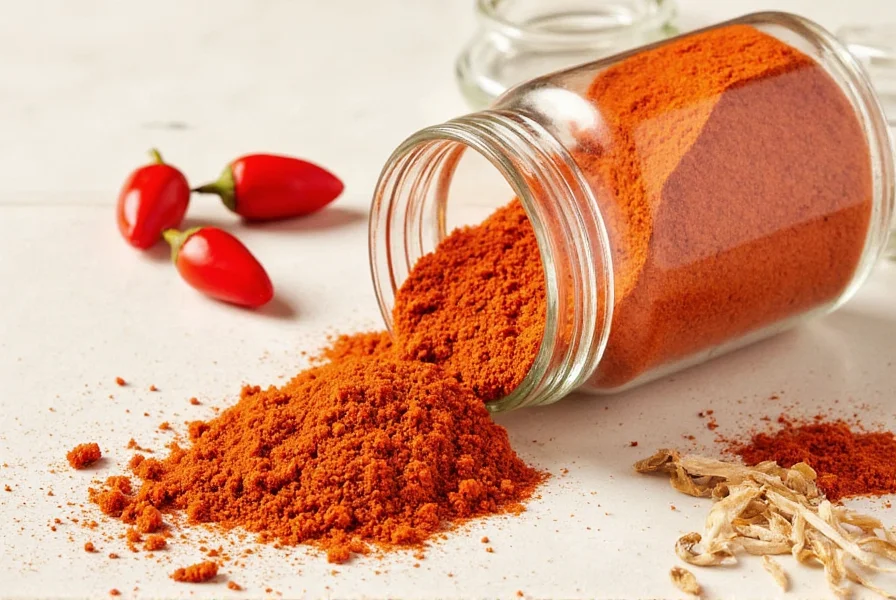
Flavor Profile & Comparison
| Spice | Flavor Notes | Best Used In |
|---|---|---|
| Pimento | Peppery, clove-like, slightly sweet | Stews, marinades, desserts, spice blends |
| Nutmeg | Earthy, sweet, nutty | Baked goods, creamy sauces |
| Cinnamon | Woody, sweet, aromatic | Desserts, chai, spiced drinks |
| Clove | Strong, bitter, medicinal | Holiday baking, mulled wines |
History of Pimento Spice
Christopher Columbus discovered pimento during his 1494 Caribbean voyage, mistaking it for black pepper. Indigenous Taino people had long used it for seasoning and medicine. It became a popular European substitute for expensive imported spices like cloves and pepper.
Today, Jamaica produces the highest quality "Jamaican pepper" (the European term for pimento), essential for jerk seasoning, mole sauce, and Middle Eastern baharat blends.
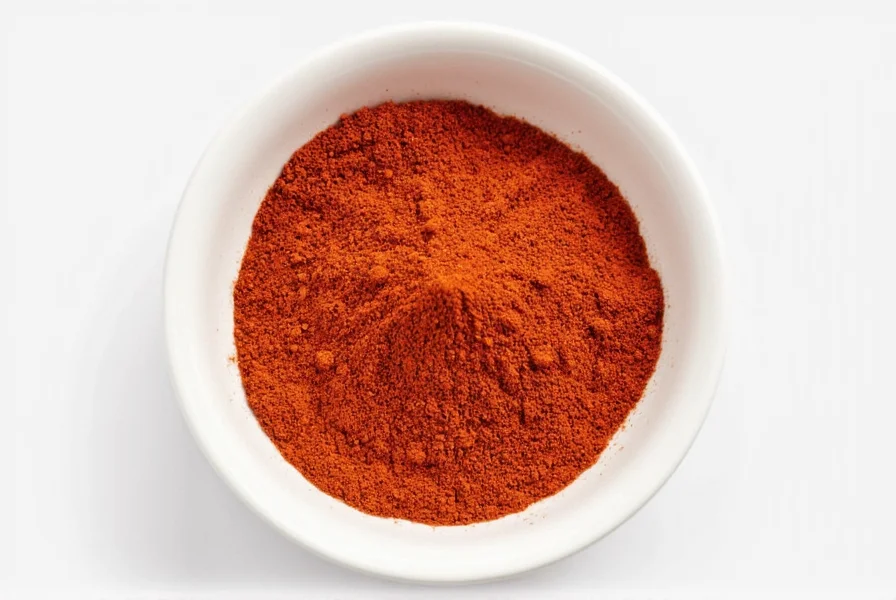
7 Practical Cooking Tips
- Add to stews and braises: Enhance beef stew or lamb curry with a pinch for deeper flavor.
- Use in baking: Perfect in gingerbread, pumpkin pie, and spiced cakes.
- Infuse liquids: Steep whole berries in milk, cream, or broth for aromatic depth.
- Create spice rubs: Mix with paprika, garlic powder, and salt for barbecue seasoning.
- Enhance beverages: Add whole berries to mulled wine, hot cider, or coffee.
- Pair with chocolate: Elevate dark chocolate truffles or mole sauce with subtle warmth.
- Use sparingly: Start with small amounts—pimento's intensity builds quickly.
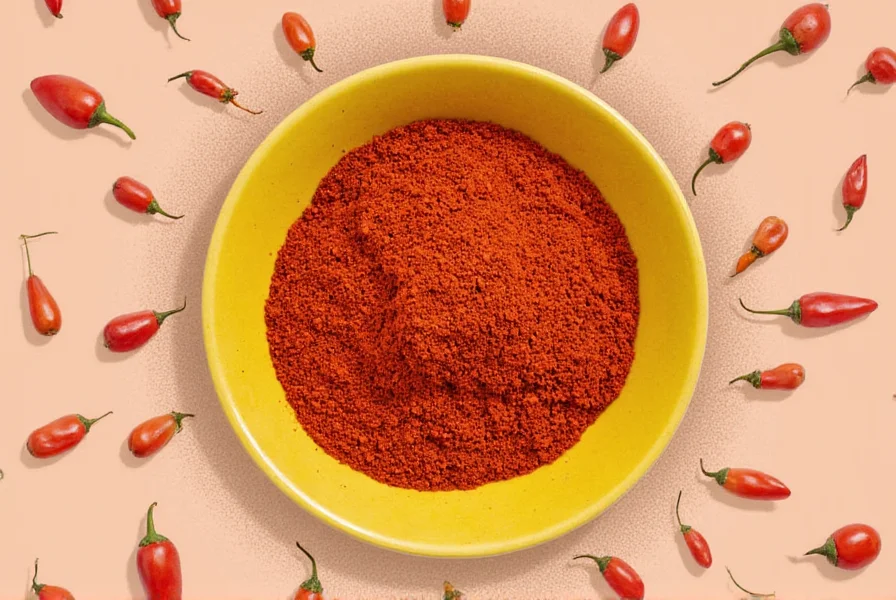
Buying Guide: Choosing Quality Pimento
| Product Type | Features | Advantages | Best For |
|---|---|---|---|
| Whole Berries | Intense aroma, longer shelf life | Fresher taste, customizable grind | Home cooks, chefs, DIY spice lovers |
| Ground Powder | Convenient, ready-to-use | Easy incorporation into dishes | Quick meals, bakers, spice mixes |
| Organic Brands | No pesticides, sustainably grown | Higher quality, eco-friendly | Health-conscious consumers |
| Jamaican Pimento | Richer, more complex flavor | Premium taste experience | Professional kitchens, gourmet cooking |
Look for "Jamaican allspice" labels. Trusted brands include Penzeys, Simply Organic, and Spice Islands.
Proper Storage for Freshness
- Whole Berries: Store in airtight containers away from light/moisture (lasts 3-4 years).
- Ground Powder: Keep in cool, dark places (2-3 years potency).
- Avoid heat sources: Never store near stoves or ovens to prevent flavor loss.
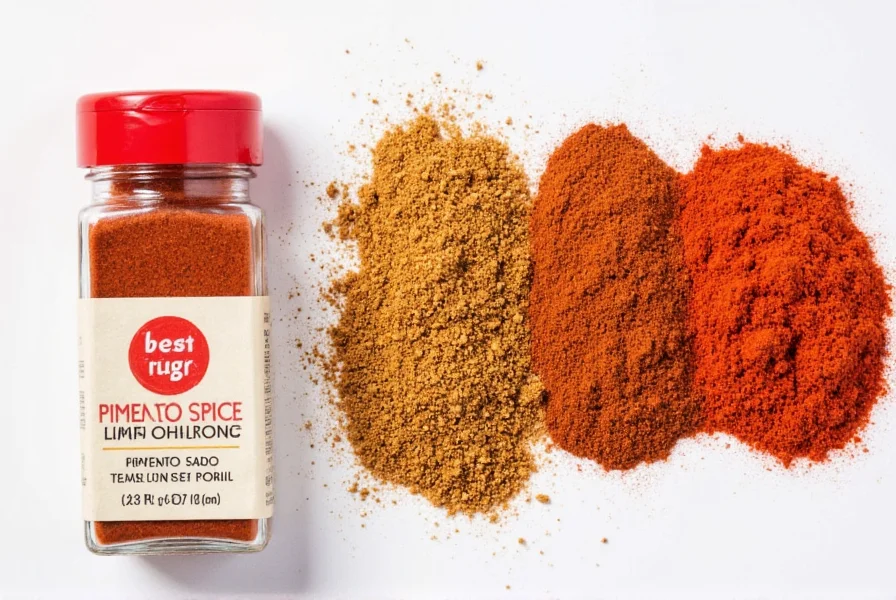
Science-Backed Health Benefits
Research confirms pimento's active compound, eugenol, provides:
- Antioxidant protection: Neutralizes free radicals linked to chronic diseases.
- Anti-inflammatory effects: May reduce joint pain and swelling (Journal of Medicinal Food, 2018).
- Digestive support: Traditionally used to ease bloating and indigestion (NIH studies).
- Dental care: Eugenol's numbing properties are used in dental treatments.
Always consult a healthcare provider before using for therapeutic purposes, especially during pregnancy.
Global Cuisines Using Pimento
- Jamaican Jerk Chicken: Core ingredient in traditional jerk seasoning.
- Mexican Mole: Adds warmth to complex, chocolate-based sauces.
- Middle Eastern Baharat: Key component in this fragrant meat spice blend.
- German Lebkuchen: Essential for traditional gingerbread cookies.
- Cuban Mojo Sauce: Balances citrus and garlic in marinades.
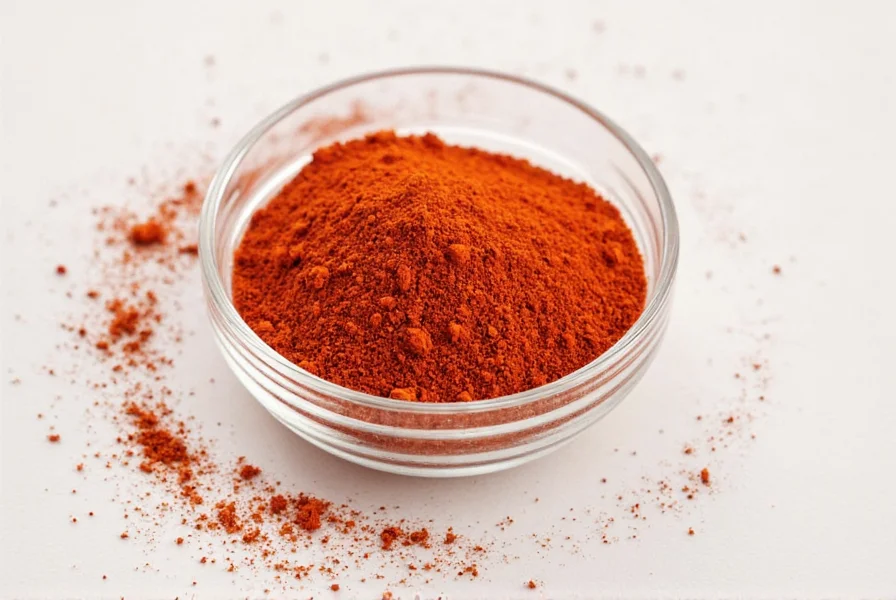
Common Myths Debunked
- Myth: Pimento is a type of pepper.
Reality: Botanically unrelated to Capsicum or Piper species. - Myth: Allspice and pimento are different spices.
Reality: Identical—"allspice" is English term; "pimento" is Spanish term. - Myth: You need large quantities for flavor.
Reality: A pinch suffices—overuse creates bitterness.
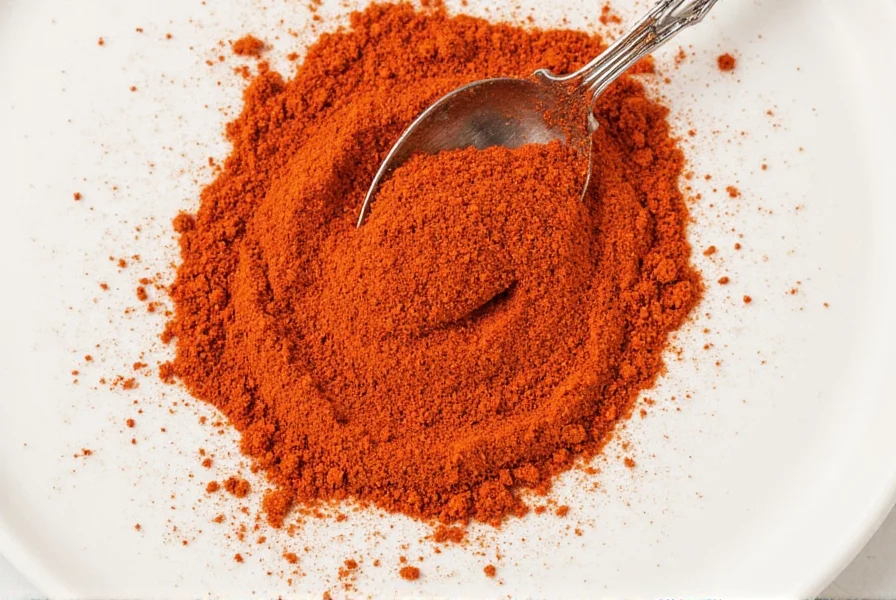
Frequently Asked Questions
What exactly is pimento spice?
Pimento spice, also known as allspice, is made from dried berries of the Pimenta dioica tree native to the Caribbean. Despite its name, it's unrelated to peppers. Its "allspice" nickname comes from flavor notes resembling cinnamon, nutmeg, and cloves combined.
Is pimento the same as allspice?
Yes. "Allspice" is the common English term (reflecting its blended flavor profile), while "pimento" is used in Spanish-speaking regions and culinary contexts. They refer to the exact same spice.
What does pimento taste like?
Pimento delivers a warm, sweet-spicy profile with distinct notes of clove, cinnamon, and black pepper. Its complexity makes it versatile for both savory dishes (stews, marinades) and sweet applications (baked goods, chocolate).
How should I use pimento in cooking?
Use sparingly due to its potency. Add to stews, bake in desserts, infuse liquids, create spice rubs, enhance beverages, pair with chocolate, or use in traditional dishes like jerk chicken. Start with 1/4 teaspoon per serving and adjust.
What are the proven health benefits?
Research shows eugenol in pimento provides antioxidant protection, reduces inflammation (per Journal of Medicinal Food), aids digestion, and has dental applications. Always consult a healthcare provider before therapeutic use.
How do I store pimento properly?
Whole berries: Airtight container away from light/moisture (3-4 years). Ground: Cool, dark place (2-3 years). Avoid heat sources like stoves to preserve potency.
Can I substitute pimento with other spices?
Yes—mix equal parts cinnamon, nutmeg, and cloves. However, this won't fully replicate pimento's unique profile. For authentic jerk seasoning or mole, use real pimento.
Where can I buy authentic pimento?
Look for "Jamaican allspice" labels from reputable brands like Penzeys, Simply Organic, or Spice Islands. Whole berries offer fresher flavor than pre-ground powder.
Final Thoughts
Pimento spice is a culinary powerhouse hiding in plain sight. Whether you're making Jamaican jerk chicken, Mexican mole, or holiday gingerbread, this versatile ingredient adds depth without overpowering. Start small, experiment, and discover why it's a staple in global kitchens.
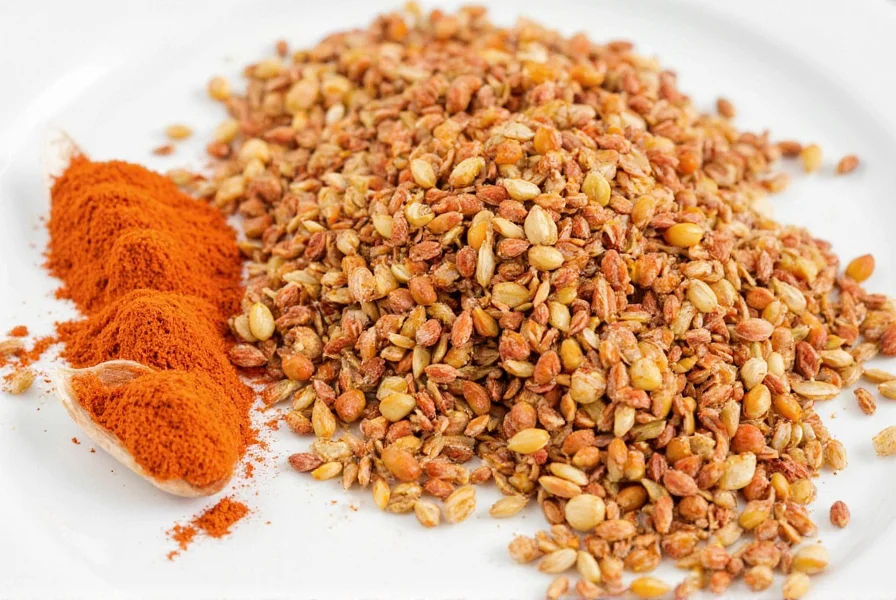

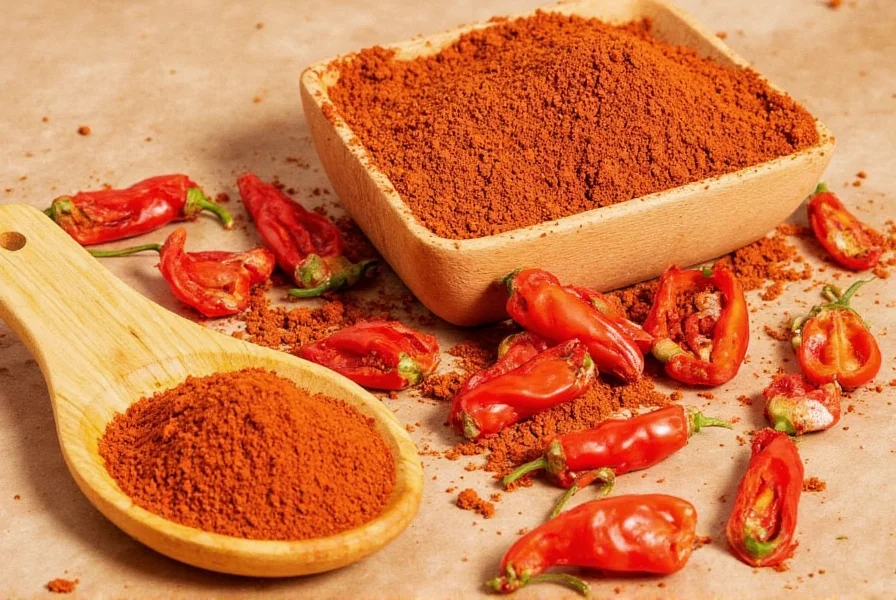









 浙公网安备
33010002000092号
浙公网安备
33010002000092号 浙B2-20120091-4
浙B2-20120091-4